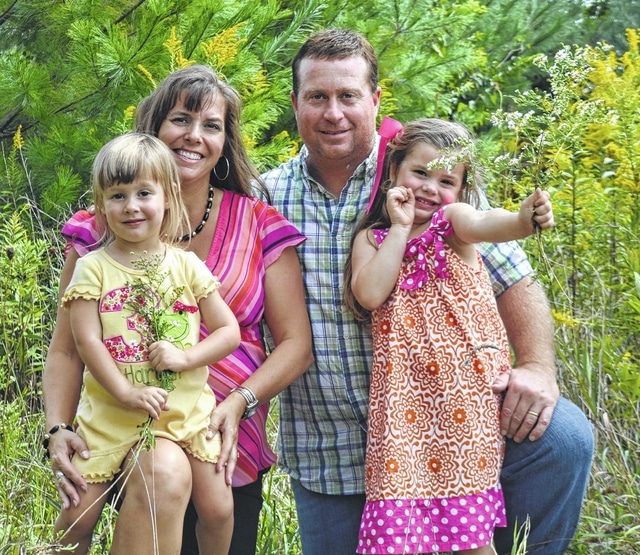
What are farmers doing to help with conservation? More than you think.
Randy Hughes and his wife Monique’s farm is situated between three creeks, Paint, Sugar, and Wabash. He manages his Tri- Creek Acres farm with the thought of adding habitat for wildlife as part of his land management strategy. This is important because most of Ohio is owned by private land owners.
Ohio is ranked 43rd, 4.2 percent of land is owned by the federal or state government. Alaska is ranked number one with 95.8 percent owned by the government. What this means is private land management is key to sustaining biodiversity. Randy has nine acres of created wetland, 50 acres of prairie and 30 acres of trees that he has planted. Randy started eight years ago and has been improving his land ever since.
When I visited his farm, I was impressed with the tree plantings and how successful they have been. Randy planted 30 varieties of tree species. Many of the species included different kinds of oaks, shagbark hickory, persimmon, silky dogwood, hazelnut, and tulip popular. The oak trees were at least 15 feet high mixed with pines. Randy feels that part of the success is mowing between the plantings for at least three years. He also allows the streams and creeks on his property to maintain their forested buffer. Randy has also included buffer strips by his crop plantings and food plots for wildlife.
Between the wetlands, prairie and tree plantings, his farm provides a connected habitat between different habitat areas. Scientists have been studying the effects of habitat fragmentation and estimate specie loss between 13 and 75 percent.
The way to look at habitat fragmentation is that one large tract of forested area is now in lots of little patches that dot the landscape. We see patches of woods throughout our county. Studies show that we can reduce the species loss if we connect the woods with wildlife travel lanes connecting woods with prairie and buffer plantings.
Farmers have been adding buffer strips along planted fields. Taking a look at the whole farm and connecting woods is a land management strategy. We can reverse the trend of specie loss by becoming involved with land use planning and support conservation planning and ecological restoration initiatives. Randy Hughes and others are active conservation partners in the restoration process on privately-owned land.
The Fayette Soil & Water Conservation District, NRCS, and FSA are all partners in conservation. To learn more contact us at 740-636-0279.


